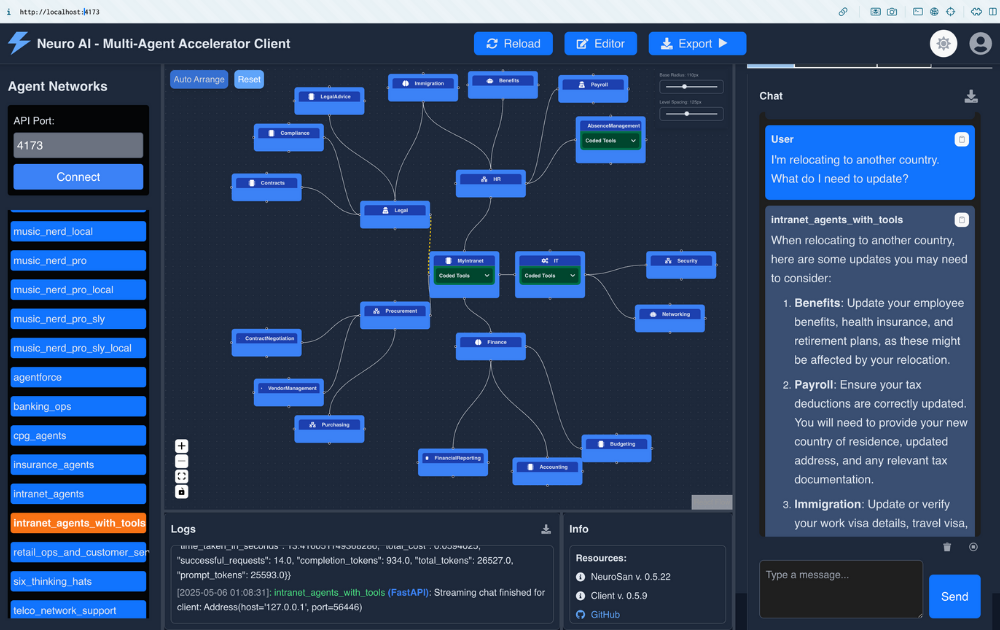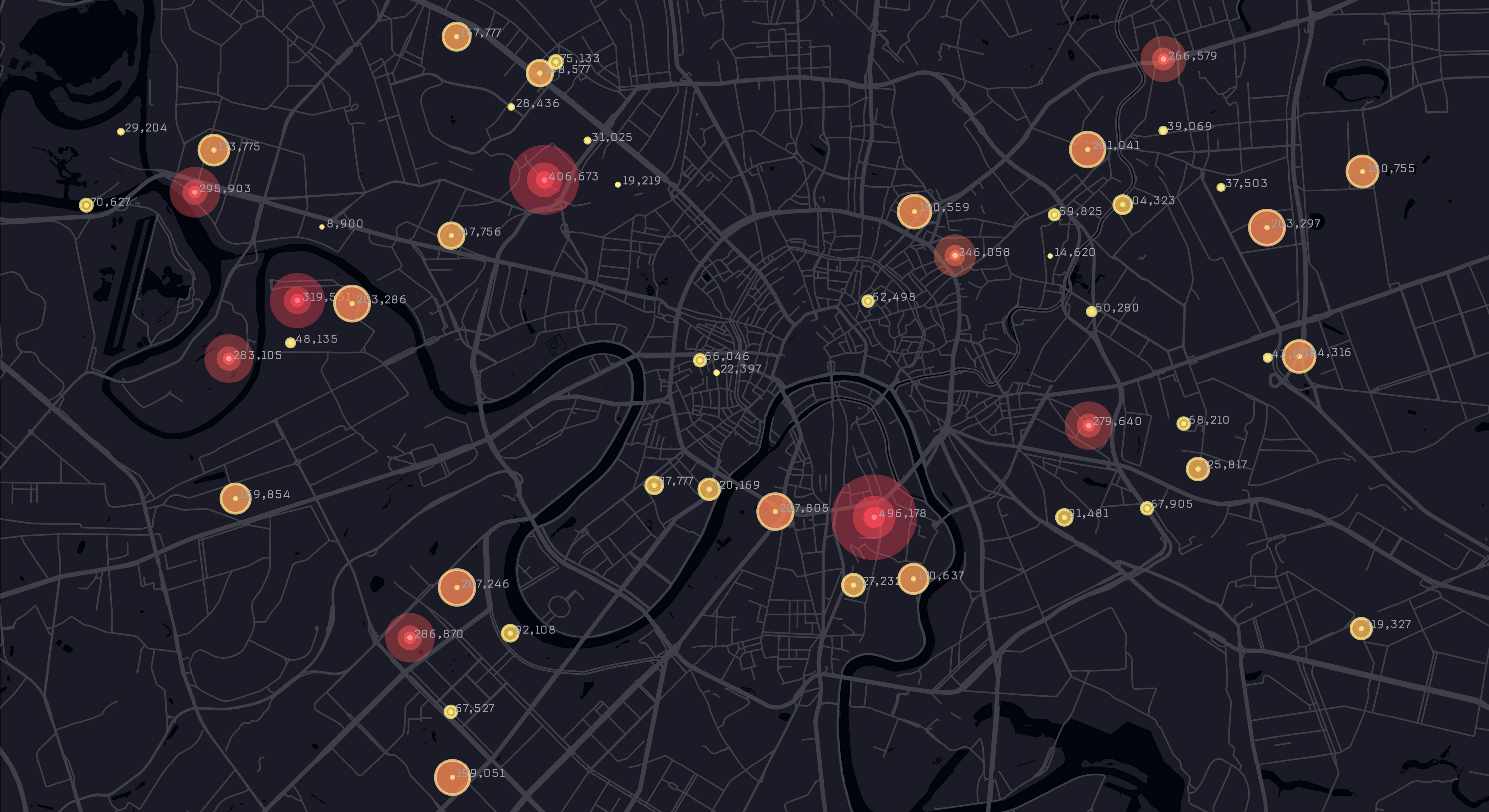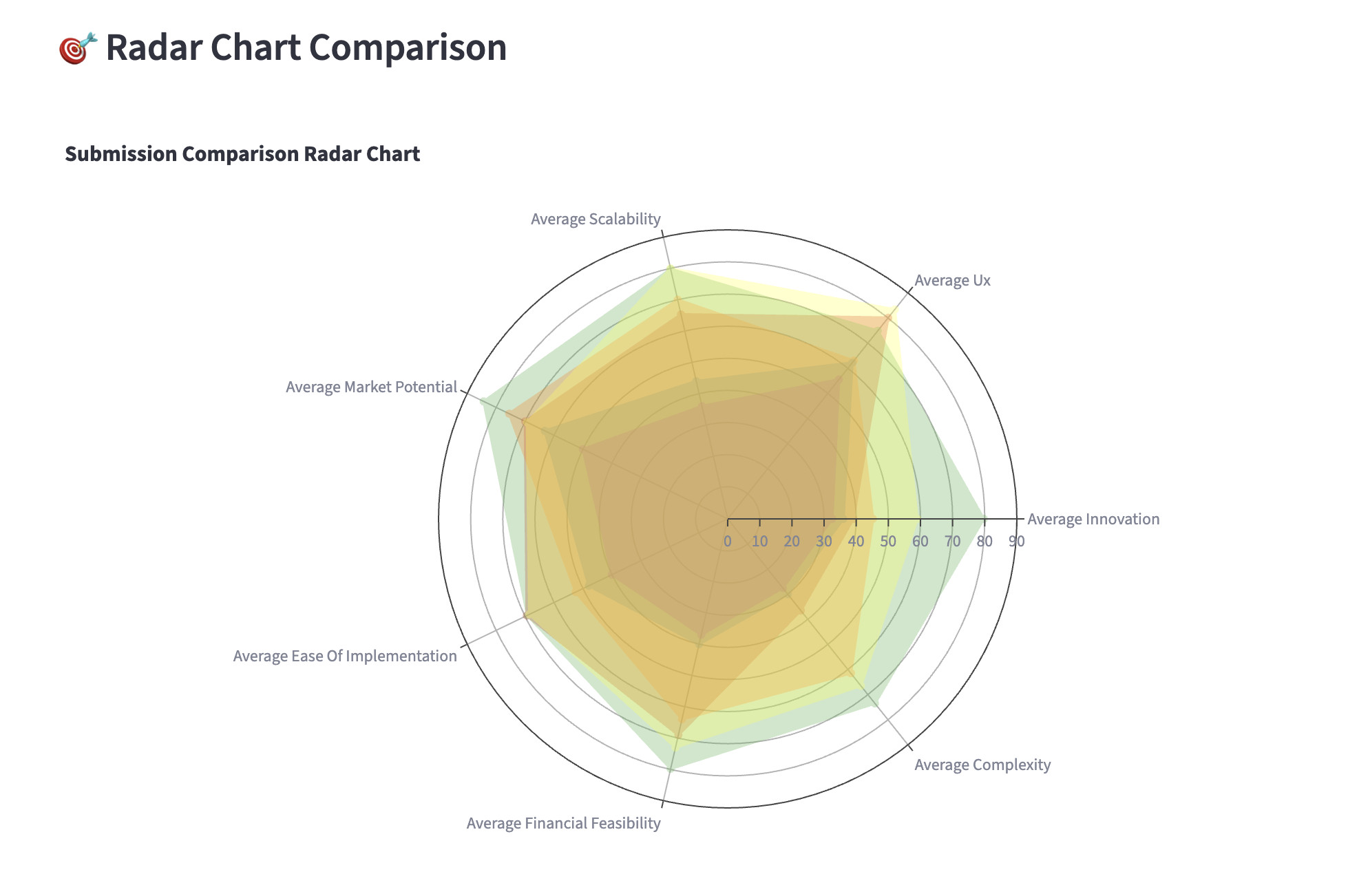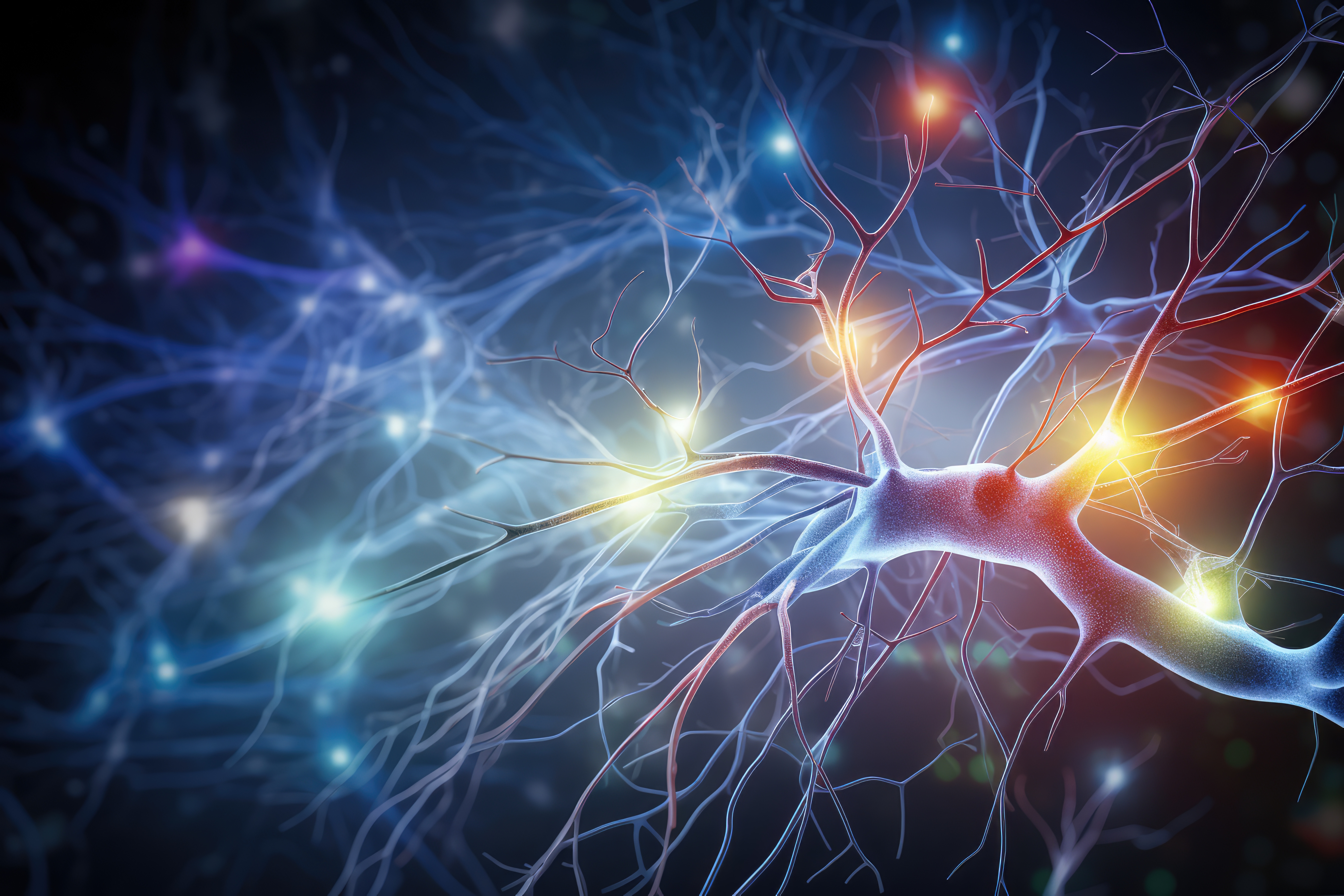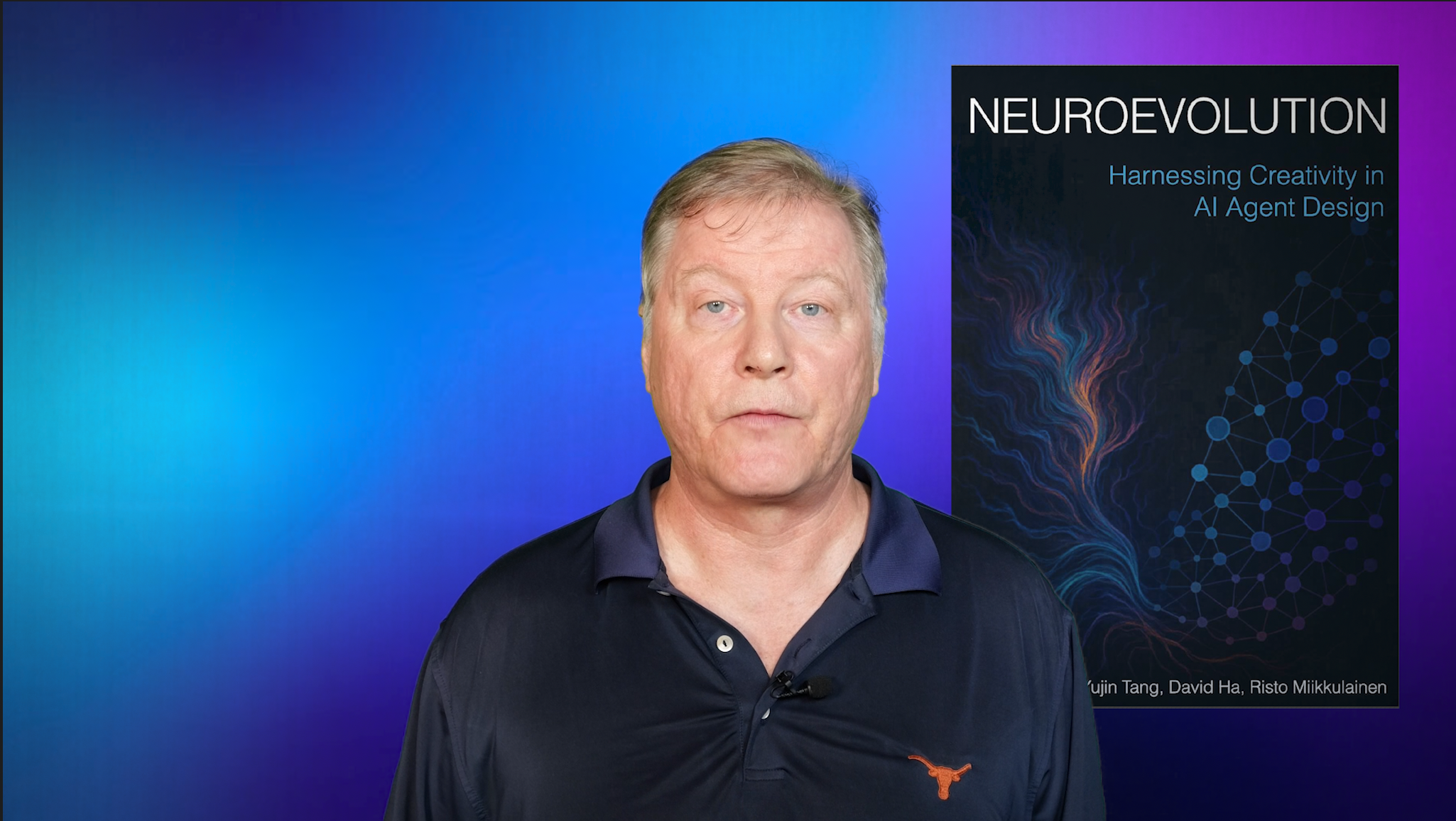November 19, 2025
Introducing Neuroevolution: Harnessing Creativity in AI Agent Design
A comprehensive new book on neuroevolution that demonstrates how evolutionary search can create AI systems capable of creativity, adaptation, and continual improvement
Artificial intelligence has come a long way in a very short time. Over the past decade, deep learning and generative AI have reshaped how we think about intelligence itself. These models can now compose text, generate images, and even simulate reasoning. But as powerful as they are, we have also begun to recognize their limits. They rely on vast amounts of data, perform best when objectives are clearly defined, and struggle to adapt or improve once deployed. Even as they grow larger and more capable, they remain confined to the boundaries of their training.
Real intelligence is not static. It evolves. It explores possibilities, finds new strategies, and changes as its environment changes. For decades, many of us have been working toward that kind of adaptability through a line of research known as neuroevolution. This approach builds on the idea that intelligence can emerge not only through learning from data but also through evolutionary processes that encourage exploration and diversity.
I am excited to share that this perspective is at the center of our new book, Neuroevolution: Harnessing Creativity in AI Agent Design, co-authored with Sebastian Risi, Yujin Tang, and David Ha, and published by MIT Press. The complete online edition is freely available through open access at neuroevolutionbook.com, with a print edition to follow in 2026. The book brings together several decades of research that have transformed evolutionary computation from an academic pursuit into a foundation for building adaptive and creative AI.
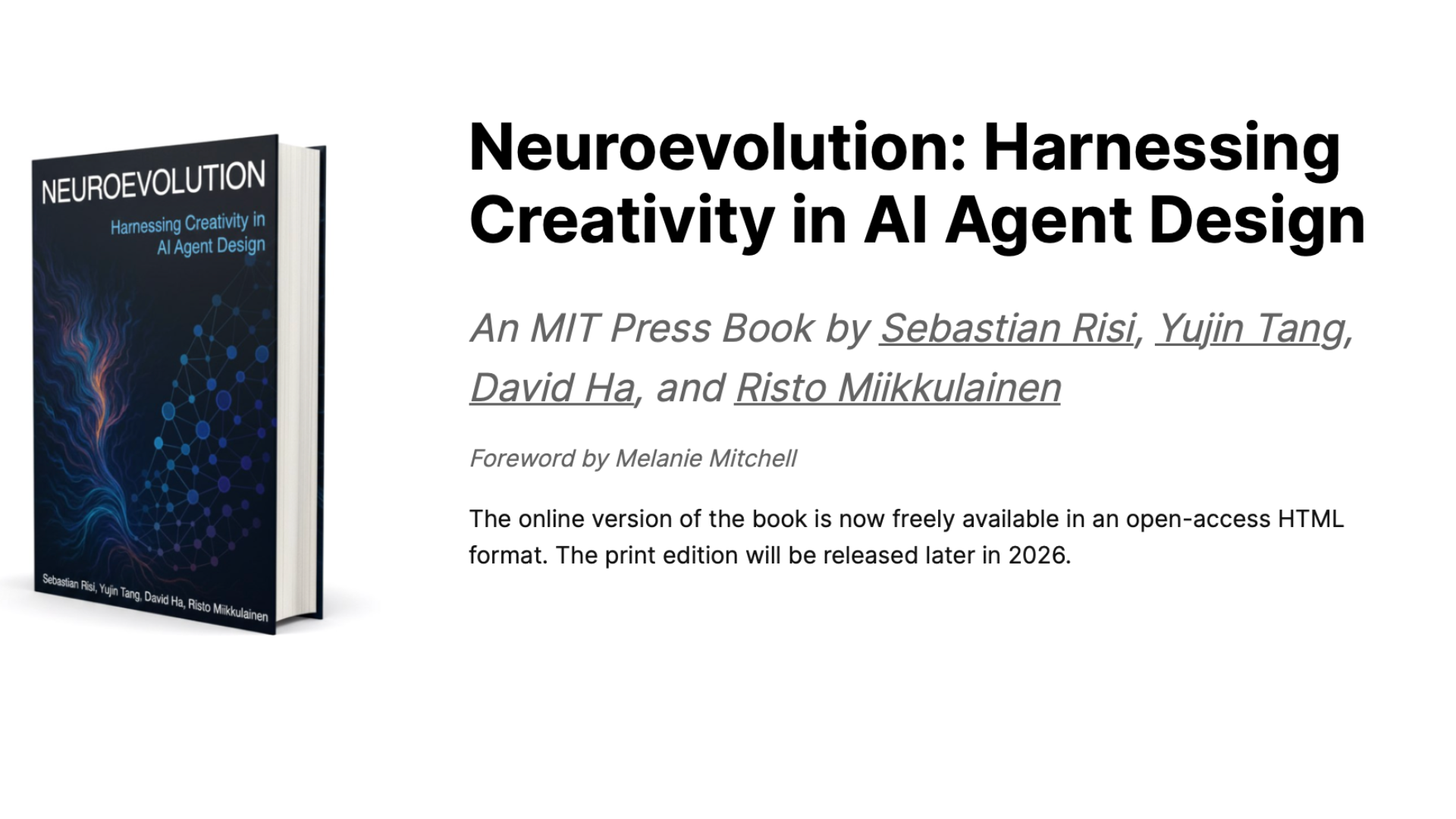
Rethinking How We Build Intelligent Systems
Neuroevolution represents a shift in how we design and understand intelligence. Instead of relying solely on gradient-based learning or large datasets, it draws on the principles of evolution to guide the discovery of neural architectures and behaviors. Populations of neural networks are allowed to explore, adapt, and improve over time, learning through variation and selection. The result is not just a single optimized solution but a process that continually generates new and often surprising ideas.
This approach opens the door to AI that is more adaptive and creative than systems designed purely through human engineering. It is especially useful in environments where goals are uncertain or change over time, such as robotics, decision-making, and complex control. Neuroevolution shows that intelligence can emerge from exploration and diversity, not just from data and supervision.
The book traces the development of this field, from early experiments in evolving simple controllers to modern methods that combine neuroevolution with deep learning, reinforcement learning, and generative AI. It also explores how these ideas can help us understand the origins of intelligence in nature and how they can be applied to real-world systems.
One of the most exciting aspects of this book project is that it is not only text and images. The online edition includes interactive demonstrations, exercises, and tutorials that make it possible to experience neuroevolution in action. Readers can experiment with evolving neural networks, watch adaptive behaviors emerge, and explore how creativity arises through search and selection.
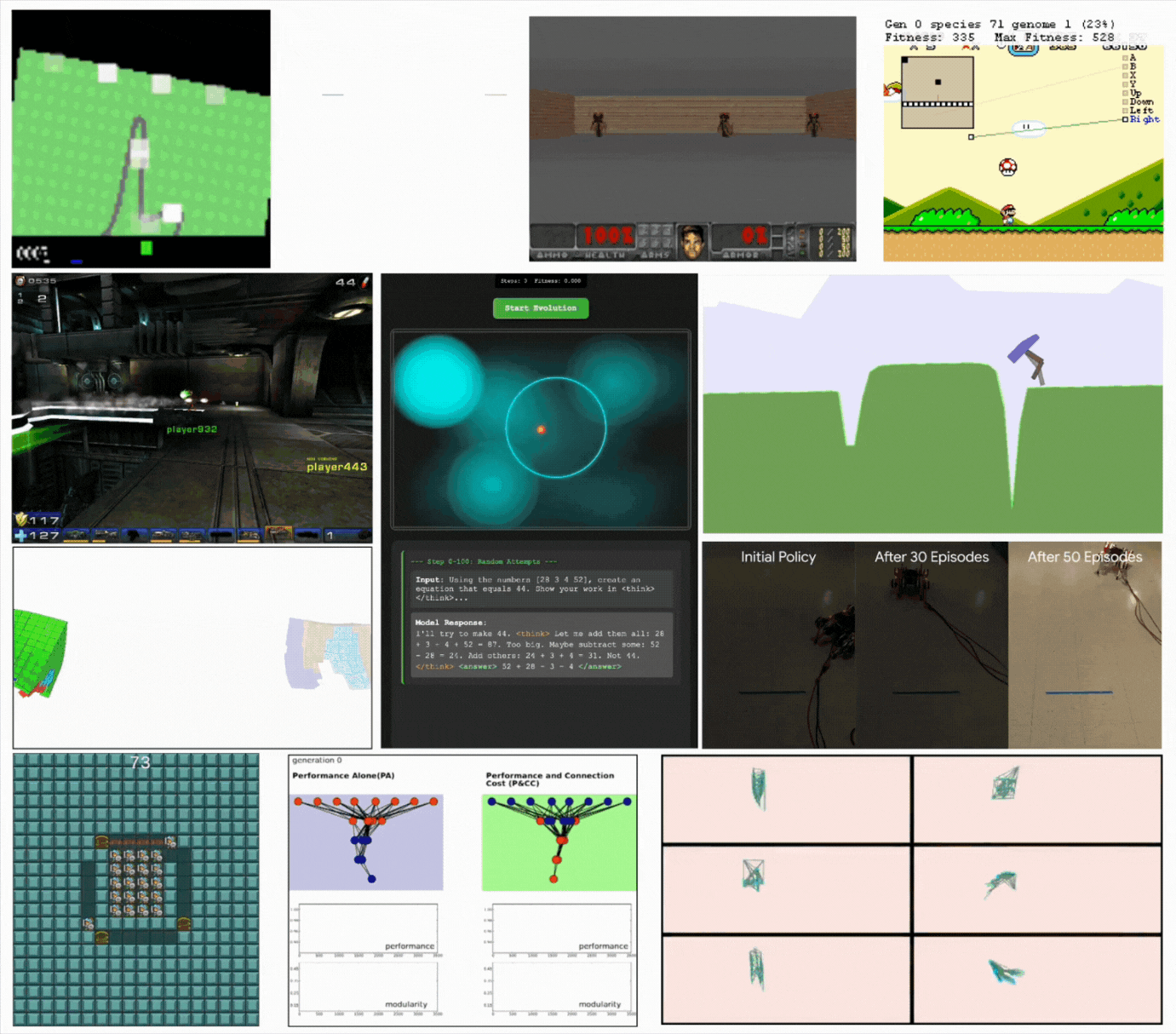
Animations: Tan et al 2020, Akiba et al. 2024, Ha & Schmidhuber 2018, Bling 2015, Schrum, Karpov et al. 2010; Xin Qiu, Yulu Gan et al. 2025; Wang et al. 2020; Song et al. 2020; Earle et al. 2022; Clune et al. 2013; Lehman et al. 2022.
Looking Ahead: AI that Evolves
The future of AI will depend on systems that can adapt as the world around them changes. Building such systems requires more than scale; it requires creativity, resilience, and the ability to discover new strategies on their own. Neuroevolution provides a framework for achieving that, for designing intelligence that is not fixed at the moment of training but capable of continuous growth.
This direction is important because it expands what AI can become. Neuroevolution moves beyond pattern recognition to a process of discovery, where models explore, experiment, and improve through experience. It opens the possibility for systems that learn in changing environments, evolve new behaviors, and generate solutions that even their designers might not anticipate.
This book reflects that vision. It grew from a collaboration among co-authors with diverse backgrounds who each approach AI from a different perspective, from creative and collective intelligence to large-scale learning systems. Together, we set out to capture not only the foundations of the field but also its potential to change how we think about intelligence itself.
You can read the open-access edition of Neuroevolution: Harnessing Creativity in AI Agent Design at neuroevolutionbook.com. I encourage you to engage with the exercises, experiment with the demos, and see how these ideas come to life. I am excited to watch how this community continues to build on these foundations and push the boundaries of what AI can become.
Risto Miikkulainen is VP of AI Research at Cognizant AI Lab and a Professor of Computer Science at the University of Texas at Austin.

